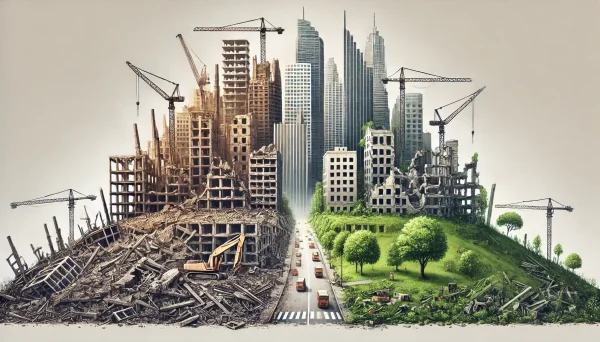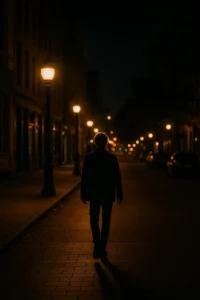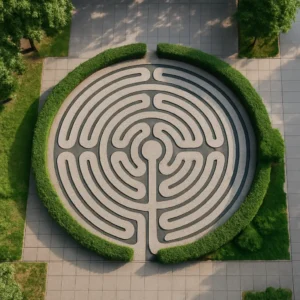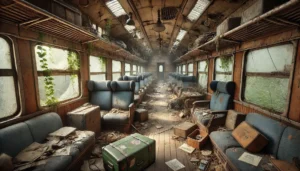Throughout history, cities have faced destruction—through war, natural disasters, or economic collapse. Yet some have defied the odds, rebuilding from ashes to become centers of culture, innovation, and resilience. These urban phoenixes remind us that even after the darkest times, cities—and the people who inhabit them—can rise again. Their stories are testaments to human strength, creativity, and the enduring power of hope.
1. Warsaw, Poland
During World War II, Warsaw was almost completely destroyed—nearly 85% of the city was reduced to rubble after the Warsaw Uprising and Nazi retaliation. But rather than abandon it, the Polish people meticulously rebuilt their capital. Using pre-war photographs, paintings, and architectural records, they reconstructed the Old Town brick by brick. Today, Warsaw is a modern, thriving city, with a historical core that earned UNESCO World Heritage status as a symbol of resilience.
2. Hiroshima, Japan
On August 6, 1945, Hiroshima became the first city to suffer a nuclear attack. The devastation was unimaginable, with tens of thousands killed instantly and the city flattened. Yet in the decades that followed, Hiroshima transformed into a global symbol of peace and renewal. Peace Memorial Park, built at the hypocenter of the blast, honors victims and promotes anti-nuclear activism. The city has been entirely rebuilt, now full of green spaces, modern architecture, and a powerful sense of purpose.
3. Berlin, Germany
Berlin has been rebuilt multiple times throughout its turbulent history. Severely bombed during World War II and later divided by the Berlin Wall, the city became a symbol of Cold War tensions. After the fall of the Wall in 1989, Berlin underwent massive reconstruction and reunification efforts. Today, it thrives as a cultural and artistic capital of Europe, where remnants of its complex past are preserved alongside bold, modern development.
4. Beirut, Lebanon
Beirut has long been known as the “Paris of the Middle East”—a city of elegance, diversity, and cultural depth. But it has also suffered cycles of destruction, particularly during the Lebanese Civil War (1975–1990) and the massive port explosion in 2020. Each time, the city has begun the painful process of rebuilding. Despite ongoing political and economic challenges, Beirut remains a hub of creativity, resilience, and vibrant urban life.
5. San Francisco, USA
In 1906, a massive earthquake and subsequent fires destroyed much of San Francisco. More than 80% of the city was leveled. But within just a few years, the city had been completely rebuilt, and by 1915 it was hosting the Panama-Pacific International Exposition to celebrate its rebirth. Today, San Francisco stands as a major global tech and cultural center, rising again and again through economic booms, busts, and social upheaval.
6. Lisbon, Portugal
On November 1, 1755, Lisbon was struck by a devastating combination of earthquake, tsunami, and fires that killed tens of thousands. The destruction was so complete that it reshaped European philosophical thought and disaster response. Led by the Marquis of Pombal, Lisbon’s reconstruction included wide avenues, seismic-resistant buildings, and one of the world’s first examples of urban planning. The rebuilt city laid the foundation for modern Lisbon as we know it today.
7. Medellín, Colombia
Once known as the most dangerous city in the world during the era of drug cartels, Medellín has undergone a remarkable transformation. Through investment in education, infrastructure, public transportation (like the famous Metrocable), and community development, the city has become a model for urban innovation. Medellín’s journey from violence to vitality is now studied around the world as a case of social urban regeneration.
8. Rotterdam, Netherlands
Heavily bombed by the Nazis in 1940, Rotterdam was left in ruins. Instead of restoring its medieval layout, the city chose to embrace modernity. The result is a bold, architectural landscape full of experimental design—cube houses, modern bridges, and cutting-edge urban planning. Rotterdam today is one of Europe’s most dynamic and architecturally striking cities, built on a foundation of resilience and reinvention.
9. Aleppo, Syria
Aleppo, one of the oldest continuously inhabited cities in the world, suffered catastrophic damage during the Syrian Civil War. Its ancient markets, mosques, and residential neighborhoods were reduced to rubble. Though rebuilding efforts are slow and fraught with political challenges, there are ongoing attempts by locals, architects, and preservationists to restore the city’s heritage and revive its role as a cultural crossroads.
10. Mostar, Bosnia and Herzegovina
The city of Mostar was deeply affected by the Bosnian War of the 1990s. Its iconic Old Bridge (Stari Most), built in the 16th century, was destroyed in 1993. After the war, international cooperation led to the bridge’s reconstruction using original techniques and materials. It reopened in 2004 and now stands as a powerful symbol of reconciliation and unity in a city once divided.
Conclusion: Rebirth from Rubble
These cities prove that even the worst devastation cannot erase the spirit of a place. Through vision, resilience, and the determination of their people, cities can rise from ruins stronger, more unified, and more inspired than ever. Their stories are not just about destruction—they are about rebirth, legacy, and the enduring hope that what is lost can be rebuilt.








